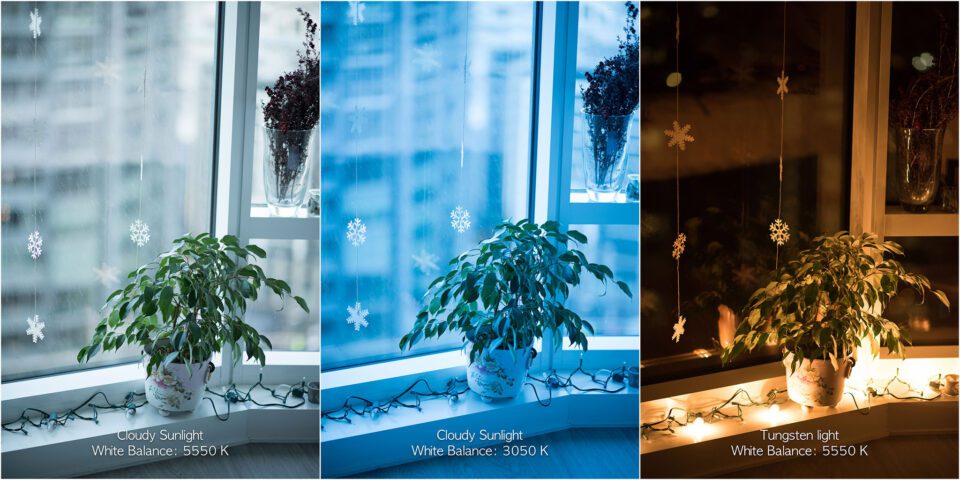What Is White Balancing In Photography
As an avid photography enthusiast, you may have heard the term 'white balance' being thrown around. If you're new to the world of photography, the concept of white balancing might seem a little daunting at first, but in reality, it's actually quite simple. In layman's terms, white balancing refers to adjusting the colors in your photos so that they appear as natural as possible. Read on to learn more about this important aspect of photography.
Understanding White Balance

What Is White Balancing In Photography?
White balancing is the process of removing unrealistic color casts in photos. It is a technique used to ensure that the colors in a photo appear as natural as possible, regardless of the lighting conditions the photo was taken in. When a camera captures an image, it often picks up the color temperature of the light source that is illuminating the scene. If the light source is 'warm' (yellow/orange), the resulting image may appear to have a 'cool' (blue) tint to it. Conversely, if the light source is 'cool' (blue), the resulting image may appear to have a 'warm' (yellow/orange) tint to it. Adjusting the white balance can help to neutralize these color casts, resulting in a more natural-looking photo.
Why Is White Balance Important?
The Importance Of White Balance In Photography
White balance is an incredibly important aspect of photography, especially when it comes to capturing the perfect shot. It not only helps to eliminate any unwanted color casts, but it can also enhance the colors in a photo and bring them to life. By adjusting the white balance, you can create photos that are warm and inviting, cool and calming, or anything in between.
Without proper white balancing, photos can appear washed out, dull, or even completely off-color. This is why it's important to take the time to adjust the white balance on your camera before taking any photos, regardless of the lighting conditions.
How To Adjust White Balance

Simple Tips For Adjusting White Balance In Your Photos
There are several easy ways to adjust the white balance in your photos. Here are some tips to help get you started:
1. Use Your Camera's White Balance Presets
Most digital cameras come equipped with several white balance presets to choose from. These include daylight, cloudy, shade, tungsten, fluorescent, and flash. By selecting the appropriate preset for the lighting conditions you're shooting in, you can quickly and easily adjust the white balance in your photos.
2. Manually Adjust The White Balance
If your camera doesn't have pre-set white balance options, or if you prefer more control over your white balance settings, you can use the manual white balance feature. This allows you to customize the white balance settings based on the specific lighting conditions you're shooting in.
3. Shoot In RAW Format
Shooting in RAW format allows you to make adjustments to white balance during post-processing. This can be especially helpful if you're not sure what white balance setting to use while you're shooting.
4. Use A Gray Card
Gray cards are used to help determine the correct white balance for a specific lighting situation. Simply take a photo of the gray card with your camera, and then use the photo to set the white balance in your editing software.

Final Thoughts
White balancing is an important aspect of photography that should not be overlooked. By taking the time to properly adjust your white balance settings, you can ensure that your photos are natural-looking and true to life. Whether you're just starting out in photography or you're a seasoned pro, these simple tips should help you achieve the perfect white balance in your photos.

White Balance How-To Video
Check out this quick and easy tutorial on adjusting white balance in your photos:
Find more articles about What Is White Balancing In Photography
Post a Comment for "What Is White Balancing In Photography"